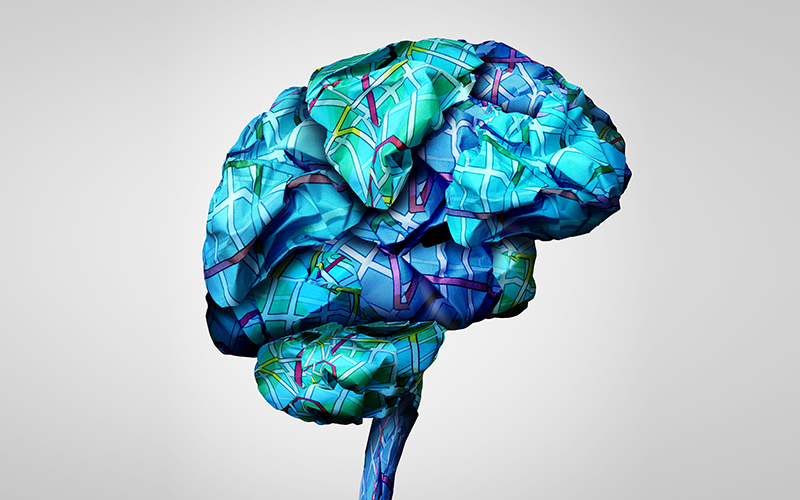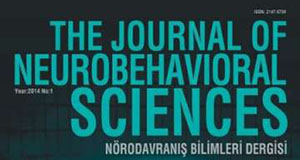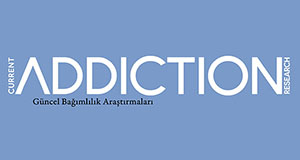
In order for the brain mapping to be useful for the psychiatrist in daily practice, it should reveal a Z Score Mapping which would allow the clinician to make a comparison with the normal age group. The brain mapping should also reveal a regional interconnectivity map. Production of the brain mapping is also a crucial point: it should imitate the reading of a standard EEG. Frequency analysis should be favored since other analysis methods may be out of a standard clinician’s comfort zone. One significant area where brain mapping is expected to bring revolutionary advances is the diagnosis of psychiatric disorders. 4 major patterns have been detected in 4 major psychiatric syndromes: Alpha wave increase in the frontal lobe is significant in depression. Generalized increase of beta waves in anxiety disorders may be informative for the clinician. An increase in delta and theta waves is seen in dementia. An intermixed increase of slow, very slow and fast waves is valuable as a diagnostic tool for schizophrenia.
Brain mapping may be an improvement on DSM diagnosis since it has the potential to enable the psychiatrist to identify the pathological electrophysiological activities in a psychiatric disorder. (McLoughlin et al., 2014; Miller, 2010). Studies of the biomarker trait of brain mapping in various psychiatric disorders has been promising so far. Significant progress have been made in disorders such as depression (Eyre et al., 2015; Leaver et al., 2015) , autism (Jann et al., 2015) and schizophrenia. (Taylor & Macdonald, 2012; Gur et al., 2002; Turetsky et al., 2007)




